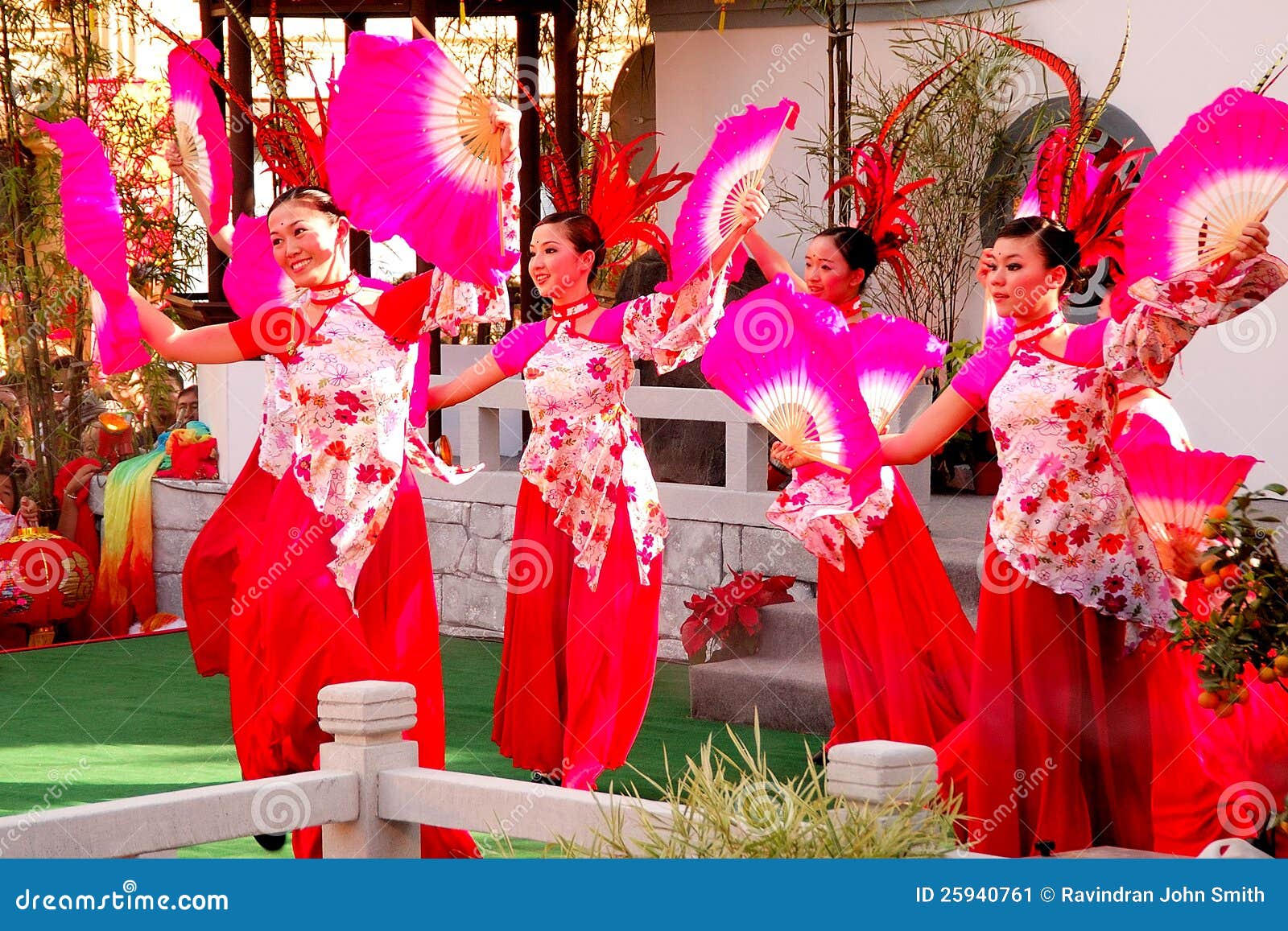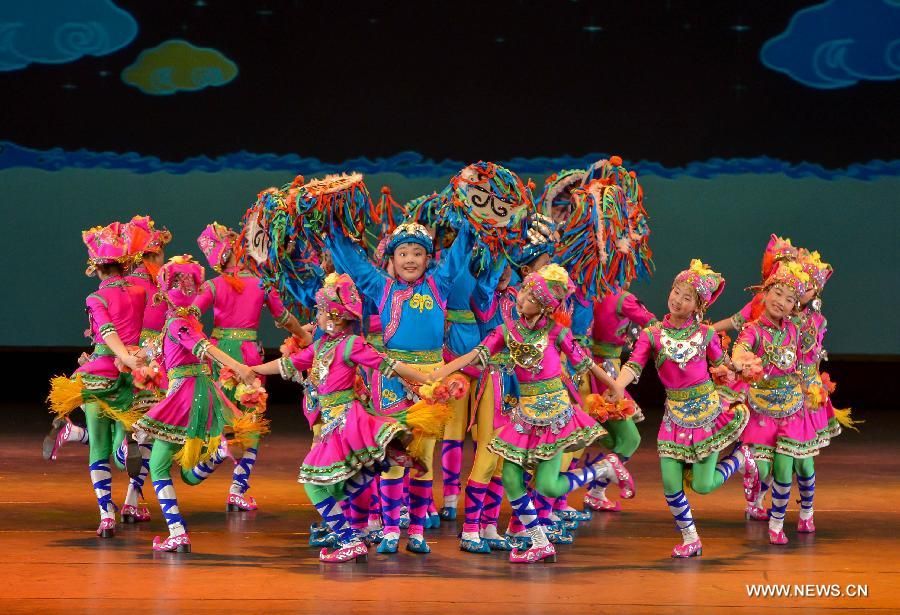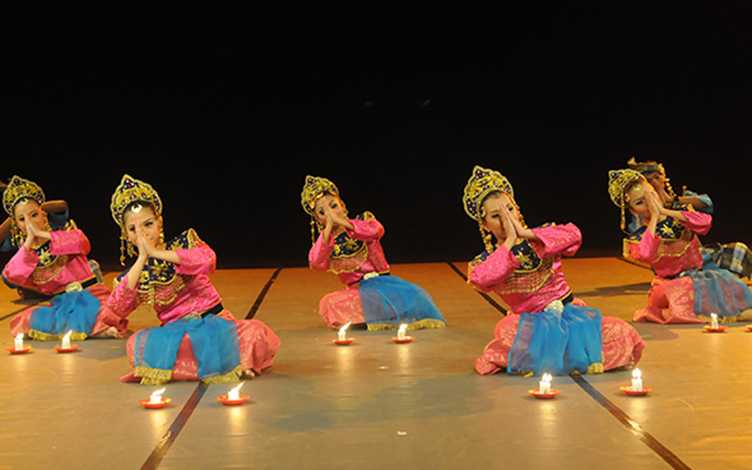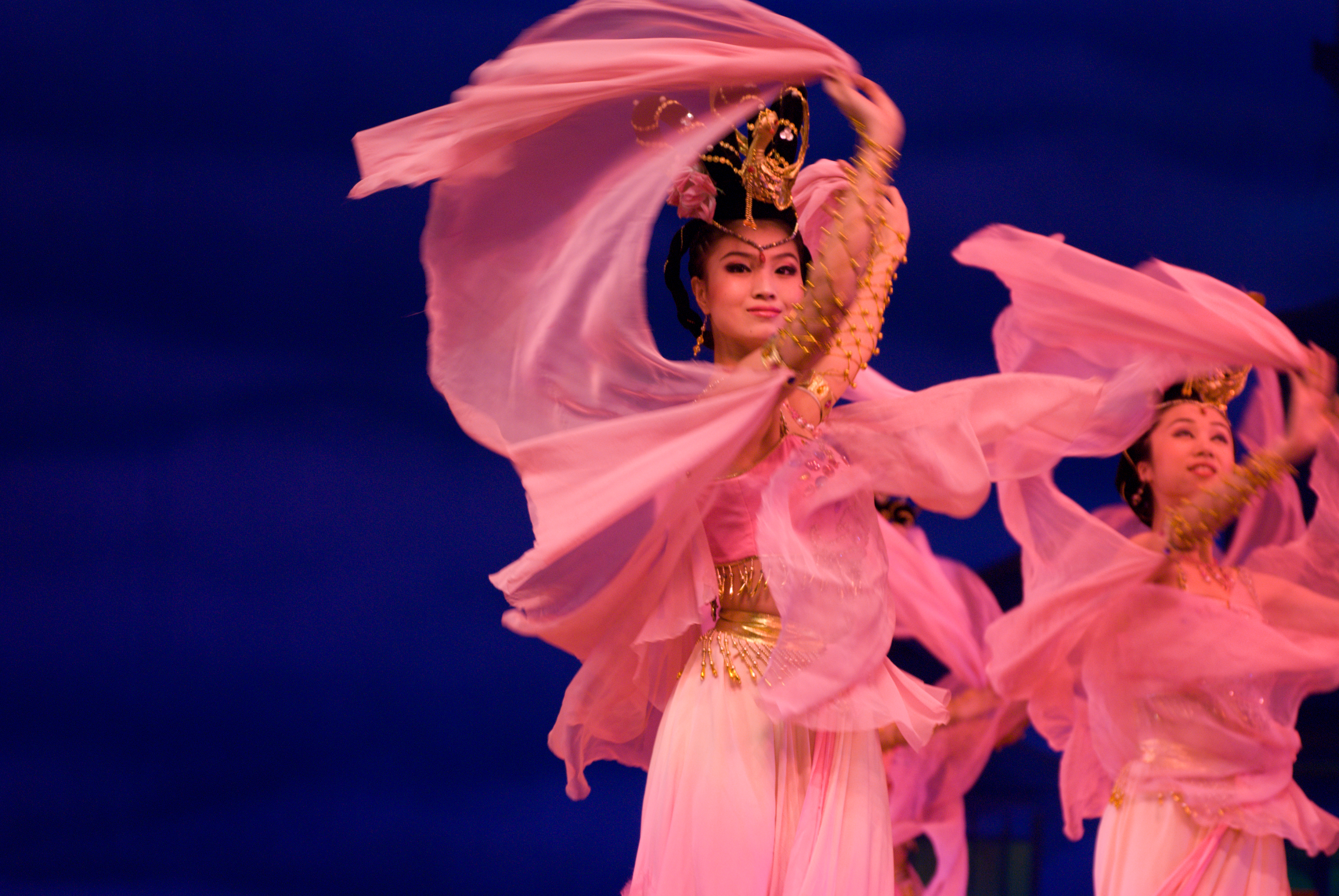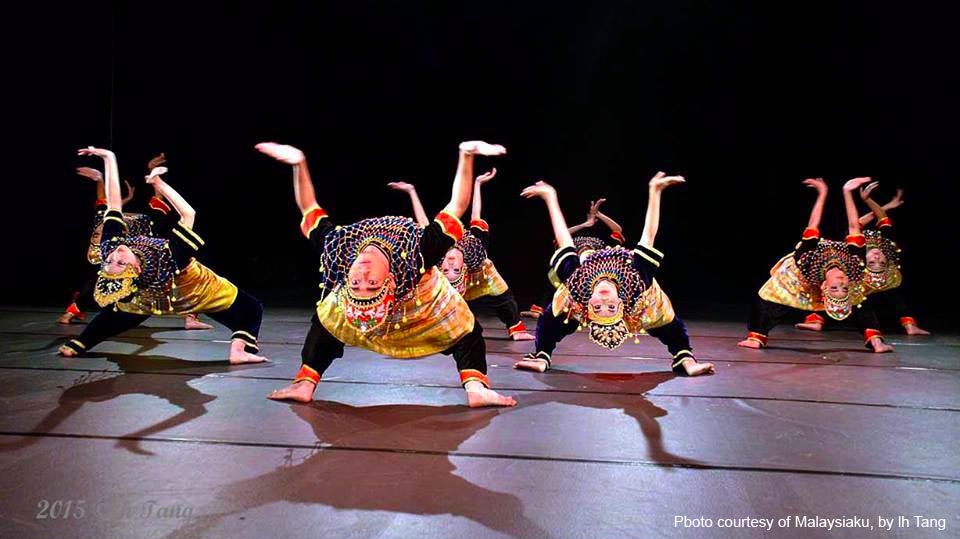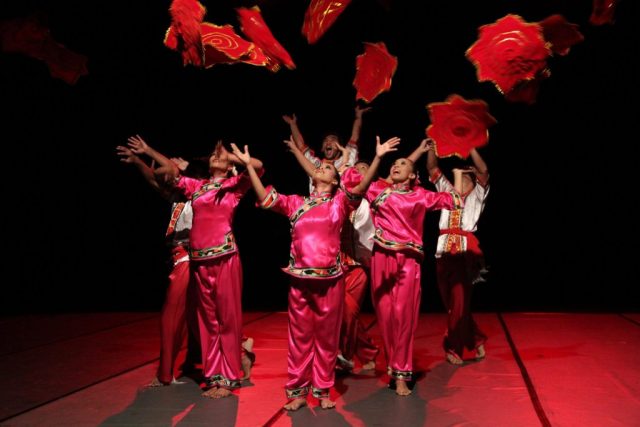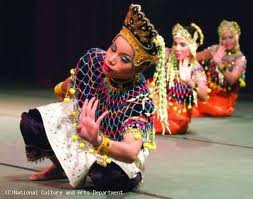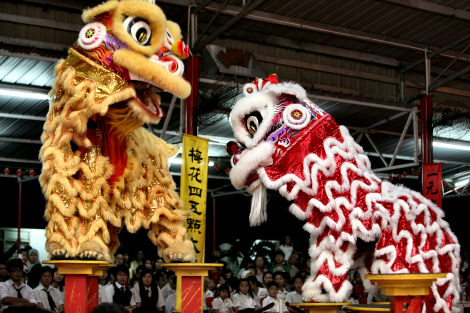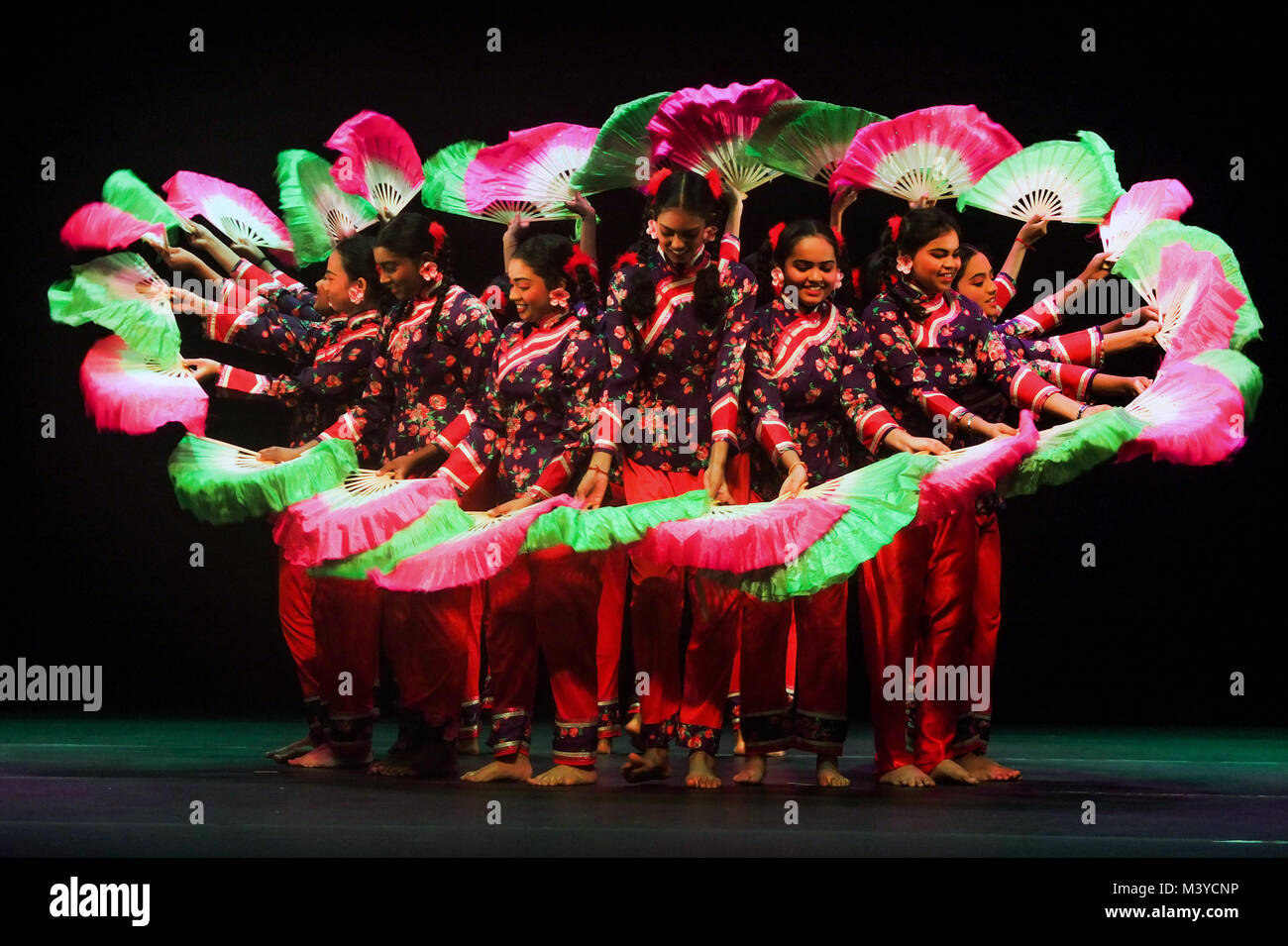Chinese Traditional Dance In Malaysia

How to perform.
Chinese traditional dance in malaysia. As a symbol of auspiciousness and good fortune this traditional dance is commonly performed for chinese new year and other significant events. Malay chinese indian dayak kadazan dusun bajau orang asli melanau kristang and others. A great variety of genres in malaysian music reflects the specific cultural groups within multiethnic malaysian society. Chinese fan dances start out as ceremonial rituals whereas the dance moves haven t changed the dance uses has.
In general music of malaysia may be categorised as classical folk syncretic. There are 3 types of the dance some of which involve male dancers too but the sad thing is like other traditional malay dances inai is facing extinction. Fan dances represent beauty grace skill tradition delicacy and history. Music of malaysia is the generic term for music that has been created in various genres in malaysia.
The dances of the indigenous malay orang asli and different ethnic peoples of sabah and sarawak are truly exotic and enchanting. Hence we can find out that each ethnic group have their own traditional dance. The smallest of three main ethnic groups the malaysian indians form about 10 of the. Chinese and indian malaysians have their own forms of music and the indigenous tribes of peninsula and east malaysia have unique traditional instruments.
As the chinese indians and portuguese settled in malaysia the traditional dances of their homelands became a part of malaysia s culture and heritage. The vibrant joget joget is one of the traditional dances of malaysia interchangeably a type of music which is widely performed in cultural events and weddings. Perform some complex hand movements in a circular position like in the video and combine that with silat and acrobatic moves. Lion dance is a traditional chinese dance.
John jacobson and friends show us how to dance to the song chan mali chan arranged by john higgins and featured in the october november 2015 issue of music. The lion is believed to be a guardian creature. With european roots this dance form originated in malacca during the 16th century. In countries such as singapore malaysia and indonesia it is believed that performing at the house during hari raya a traditional malay festival is a good belief as it brings goodluck and fortune to the performers and host of the house.
They also express feelings of joy and fans are recognized as good luck charms and expressions of generosity. There are three main ethnic groups in malaysia which are malay chinese and indian. Clad in a lion costume performers mimic the lion s movement and dance to the beat of chinese cymbals and drums. It is derived from two popular portuguese folk dances branyo and farapeira.
